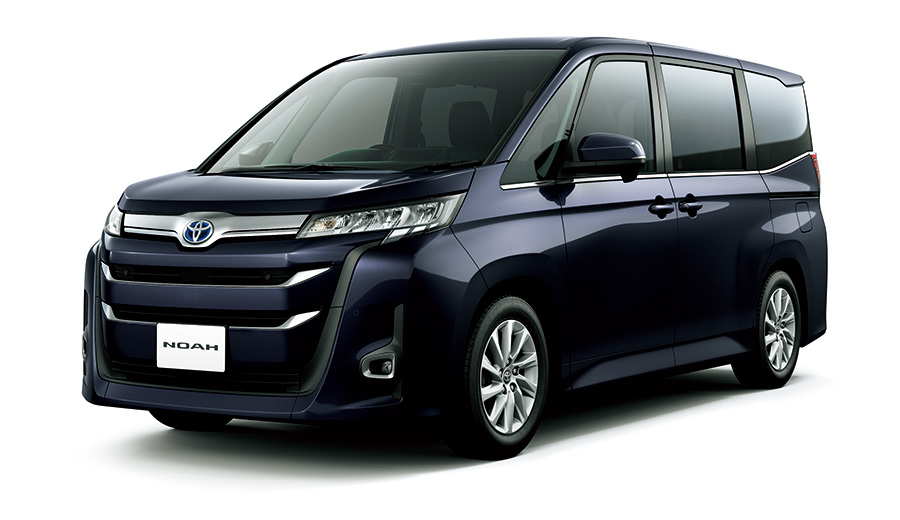In recent years, the automotive industry has undergone a seismic shift, driven by the urgent need for sustainability, innovation, and efficiency. Among the many groundbreaking developments, one concept has captured the imagination of eco-conscious consumers and industry experts alike: the Noah Car. This revolutionary vehicle represents more than just a mode of transportation; it embodies a vision for a greener, smarter, and more connected future. In this article, we will explore the Noah Car, its design philosophy, technological advancements, and its potential to redefine the way we think about mobility.

The Genesis of the Noah Car
The Noah Car is the brainchild of a team of visionary engineers, designers, and environmentalists who sought to address the pressing challenges of climate change, resource depletion, and urban congestion. Named after the biblical figure Noah, who built an ark to preserve life during a global flood, the Noah Car symbolizes a modern-day ark—a vehicle designed to safeguard the planet by reducing carbon emissions and promoting sustainable living.
The project began as a student initiative at the Eindhoven University of Technology in the Netherlands. The team, known as TU/ecomotive, set out to create a car that was not only environmentally friendly but also practical, affordable, and aesthetically appealing. The result was the Noah Car, a lightweight, electric vehicle made almost entirely from renewable and recyclable materials.
Design and Materials: A Testament to Sustainability
One of the most striking features of the Noah Car is its innovative use of materials. Traditional automobiles rely heavily on metals, plastics, and other non-renewable resources, which contribute to environmental degradation. In contrast, the Noah Car is constructed using bio-based composites, such as flax fibers and sugarcane-based plastics. These materials are not only sustainable but also lightweight, which enhances the vehicle’s energy efficiency.
The chassis of the Noah Car is made from a combination of flax and a bio-based resin, creating a strong yet lightweight structure. The body panels are also crafted from bio-composites, giving the car a sleek, modern appearance. Even the interior is designed with sustainability in mind, featuring seats upholstered with pineapple leaf fibers and coconut husks. By prioritizing renewable materials, the Noah Car minimizes its environmental footprint from production to disposal.
Electric Powertrain: Driving Toward a Zero-Emission Future
At the heart of the Noah Car is its electric powertrain, which represents a significant departure from traditional internal combustion engines. Electric vehicles (EVs) are widely regarded as a key solution to reducing greenhouse gas emissions, and the Noah Car takes this concept to the next level. Powered by a modular battery system, the car offers a range of approximately 240 kilometers (150 miles) on a single charge, making it ideal for urban commuting and short-distance travel.
The battery modules are designed to be easily replaceable, allowing for quick swaps and reducing downtime. This modular approach also extends the lifespan of the vehicle, as individual components can be upgraded or replaced without the need for a complete overhaul. Furthermore, the Noah Car is equipped with regenerative braking technology, which captures and stores energy during deceleration, further enhancing its efficiency.
Smart and Connected: The Noah Car as a Mobility Platform
In addition to its sustainable design, the Noah Car is a testament to the power of connectivity and smart technology. The vehicle is equipped with an advanced onboard computer system that integrates with smartphones and other devices, providing real-time data on energy consumption, navigation, and vehicle diagnostics. This connectivity enables drivers to optimize their routes, monitor their driving habits, and even share their vehicle with others through a car-sharing platform.
The Noah Car is also designed with autonomous driving capabilities in mind. While fully autonomous vehicles are still in the developmental stage, the Noah Car’s modular architecture allows for the seamless integration of self-driving technologies as they become available. This forward-thinking approach ensures that the Noah Car remains relevant and adaptable in an ever-evolving technological landscape.
A Car for the Sharing Economy
One of the most innovative aspects of the Noah Car is its alignment with the principles of the sharing economy. Recognizing that private car ownership is often inefficient and resource-intensive, the creators of the Noah Car envision it as a shared resource. Through a dedicated app, users can locate, unlock, and rent a Noah Car for short-term use, reducing the need for individual ownership and decreasing the number of vehicles on the road.
This shared mobility model not only reduces traffic congestion but also promotes a more equitable distribution of resources. By making sustainable transportation accessible to a wider audience, the Noah Car has the potential to transform urban mobility and contribute to the creation of smarter, more livable cities.
Challenges and Opportunities
While the Noah Car represents a bold step forward, it is not without its challenges. The widespread adoption of bio-based materials and electric powertrains requires significant investment in research, infrastructure, and public awareness. Additionally, the success of the Noah Car depends on the willingness of consumers to embrace new technologies and shift away from traditional modes of transportation.
However, these challenges also present opportunities for collaboration and innovation. Governments, businesses, and individuals all have a role to play in supporting the transition to sustainable mobility. By investing in renewable energy, expanding charging networks, and incentivizing the use of eco-friendly vehicles, we can create an environment in which the Noah Car and similar innovations can thrive.
Conclusion: A Vision for the Future
It is more than just a vehicle; it is a symbol of hope and a testament to human ingenuity. By combining sustainable materials, cutting-edge technology, and a forward-thinking approach to mobility, the Noah Car offers a glimpse into a future where transportation is not only efficient but also harmonious with the planet.
As we stand at the crossroads of environmental crisis and technological advancement, the Noah serves as a reminder that solutions are within our reach. It challenges us to rethink our relationship with the environment and to embrace innovation as a means of creating a better world. Whether as a shared resource, a platform for smart technology, or a beacon of sustainability, the Noah represents a bold and inspiring vision for the future of mobility.
In the words of the TU/ecomotive team, “The Noah is not just a car; it’s a movement.” And as this movement gains momentum, it has the potential to drive us toward a brighter, greener, and more connected future.

